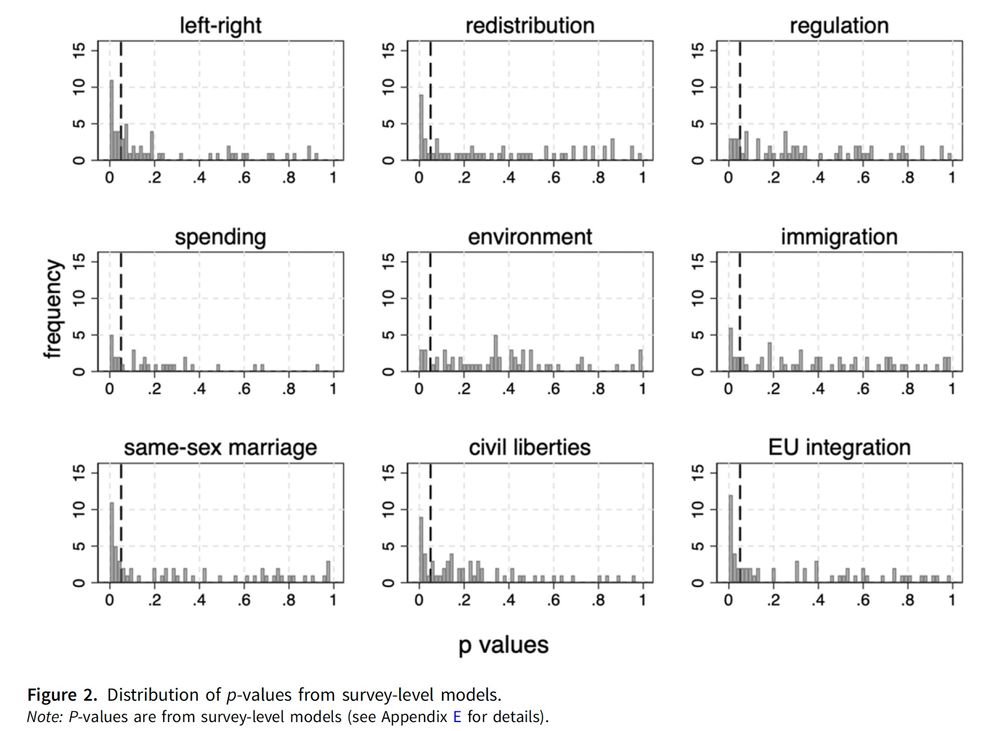
www.semihcakir.com
✅Good news: Voters and non-voters usually share similar policy preferences.
⚠️Bad news: When turnout is low, even small differences can introduce bias.
🗳️Overall: Low turnout isn't always a disaster for this specific question, but it is far from ideal.
10/10
✅Good news: Voters and non-voters usually share similar policy preferences.
⚠️Bad news: When turnout is low, even small differences can introduce bias.
🗳️Overall: Low turnout isn't always a disaster for this specific question, but it is far from ideal.
10/10
Higher turnout brings peripheral voters into the mix and reduces this bias.
Perpetual non-voters also differ, but they are usually a smaller group, so they introduce less bias overall.
9/10
Higher turnout brings peripheral voters into the mix and reduces this bias.
Perpetual non-voters also differ, but they are usually a smaller group, so they introduce less bias overall.
9/10
1️⃣Regular voters: they vote consistently
2️⃣Peripheral voters: they vote intermittently
3️⃣Perpetual non-voters: they almost never vote
They differ in their policy preferences. 8/10

1️⃣Regular voters: they vote consistently
2️⃣Peripheral voters: they vote intermittently
3️⃣Perpetual non-voters: they almost never vote
They differ in their policy preferences. 8/10
This is also why compulsory voting might make sense! 7/10

This is also why compulsory voting might make sense! 7/10
Using Cohen's d, most significant differences (in black) can be considered small but meaningful. 6/10

Using Cohen's d, most significant differences (in black) can be considered small but meaningful. 6/10
At the survey level, voters and non-voters usually hold similar policy views. Most differences are sporadic and do not reach statistical significance. 5/10

At the survey level, voters and non-voters usually hold similar policy views. Most differences are sporadic and do not reach statistical significance. 5/10
🔵 more right-wing
🔵 less in favour of redistribution
🔵 more supportive of state intervention and spending
🔵 less supportive of same-sex marriage
🔵 more restrictive on immigration
🔵 more willing to restrict privacy rights to combat crimes
🔵 more pro-Europe
4/10
🔵 more right-wing
🔵 less in favour of redistribution
🔵 more supportive of state intervention and spending
🔵 less supportive of same-sex marriage
🔵 more restrictive on immigration
🔵 more willing to restrict privacy rights to combat crimes
🔵 more pro-Europe
4/10
3/10
3/10
Turnout has declined across democracies. If voters and non-voters have different policy preferences, then low turnout means elections may not accurately represent what the broader public wants. This would be problematic for representation.
2/10
Turnout has declined across democracies. If voters and non-voters have different policy preferences, then low turnout means elections may not accurately represent what the broader public wants. This would be problematic for representation.
2/10

